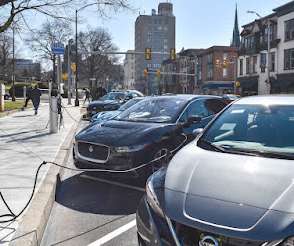DEP Invests Over $2.7 Million In Alternative Fuel Transportation Projects To Improve Air Quality & Public Health, Reduce Greenhouse Gas Emissions
PA Environment Daily
JANUARY 21, 2022
million in Alternative Fuel Incentive Grants (AFIGs) to 18 cleaner fuel transportation projects statewide that will reduce greenhouse gas emissions and other air pollutants. Transportation generates 47 percent of nitrogen oxide emissions in Pennsylvania, contributing to the formation of ground-level ozone.












Let's personalize your content